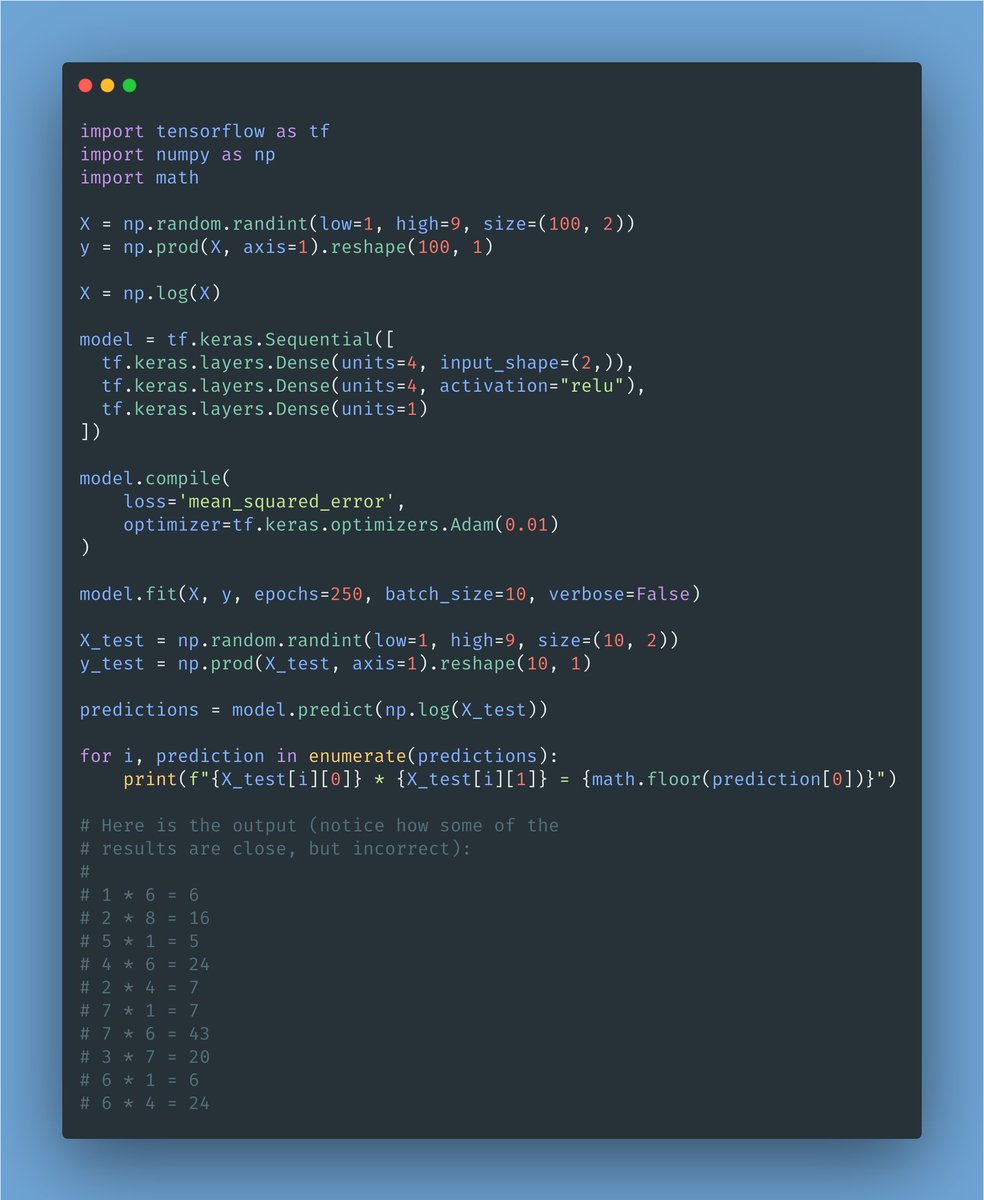1/ Thread: "A Silicon Valley Ponzi Scheme"
Thanks to @chamath for laying this out in Social Capital's 2018 annual letter.
I've always appreciated his outspokenness.
This is creating a big bill that will soon come due...
But it's not who you think (that does), and the dynamics we’ve entered is in many ways creating a dangerous, high stakes Ponzi scheme.
Someone has to pay for the outrageous costs of this style of growth. Will it be VCs?
Likely not.
Eg: VCs habitually invest in one another’s companies during later rounds, bidding up rounds to valuations that allow for generous markups on their funds' performance.
if you’re a VC with a $200 million dollar fund, you’re able to draw $4million each year in fees.
Most funds never return enough profit for managers to see a dime of carried interest.
If u can show marked up paper returns & then parlay those returns into a newer, larger fund—say $500 million—you now have a fresh $10 million a year to use as you see fit.
There’s some deep misalignment here...
Partly why American healthcare is so expensive is bcos insurers, who play a key middleman role in setting prices for medical care, have a 2-sided biz model:
High costs allow them to charge higher premiums, allowing them to pull steadily more and more money out of patients’ and payers’ pockets.
In the end, both, patients and payers are the ones who end up as bag holders footing the bill.
The same thing is happening in today’s venture world.
Just as insurers’ biz model translates to higher costs of patient care,
So if its not VCs, who ends up holding the bag?
It’s still not who you’d expect.
In some cases, high prices may even work to their advantage.
Unlike the other pass-the-buck schemes
The real bill ends up getting shuffled outta sight to 2 other groups.
The 1st as u may guess are early stage funds’ limited partners, particularly future limited partners investing into the next fund.
Marking up Fund IV to raise money for more mgmt fees out of Fund V is so effective bcos fundraising can happen much faster than the long & difficult job of building businesses & creating real enterprise value
The second group of people left holding the bag is far more tragic: the employees at startups.
Although originally helpful as a way to incentivize and reward employees for working hard for an uncertain outcome,
Overall, you can understand how this arrangement endures:
Those companies then go spend the money on more user growth, often in zero-sum competition w/ one another.
What is the antidote here? Its 2-fold.
The 2nd is to break away from the MLM scheme that the VC-LP-user growth game has become.
It’s time to wait patiently, as the air is slowly let out of this bizarre Ponzi balloon created by the venture capital industry.
More from Tech
On press call, Zuckerberg says FB users "naturally engage more with sensational content" that comes close to violating its rules. Compares it to cable TV and tabloids, and says, "This seems to be true regardless of where we set our policy lines."
Zuckerberg says FB is in the process of setting up a "new independent body" that users will be able to appeal content takedowns to. Sort of like the "Facebook Supreme Court" idea he previewed earlier this year.
Zuckerberg: "One of my biggest lessons from this year is that when you connect more than 2 billion people, you’re going to see the good and bad of humanity."
This is how Facebook says it's trying to change the engagement pattern on its services. https://t.co/3p0PGc912o

.@RebeccaJarvis asks Zuckerberg if anyone is going to lose their job over the revelations in the NYT story. He dodges, says that personnel issues aren't a public matter, and that employee performance is evaluated all the time.
Zuckerberg says FB is in the process of setting up a "new independent body" that users will be able to appeal content takedowns to. Sort of like the "Facebook Supreme Court" idea he previewed earlier this year.
Zuckerberg: "One of my biggest lessons from this year is that when you connect more than 2 billion people, you’re going to see the good and bad of humanity."
This is how Facebook says it's trying to change the engagement pattern on its services. https://t.co/3p0PGc912o

.@RebeccaJarvis asks Zuckerberg if anyone is going to lose their job over the revelations in the NYT story. He dodges, says that personnel issues aren't a public matter, and that employee performance is evaluated all the time.
Here is a simple example of a machine learning model.
I put it together a long time ago, and it was very helpful! I sliced it apart a thousand times until things started to make sense.
It's TensorFlow and Keras.
If you are starting out, this may be a good puzzle to solve.

The goal of this model is to learn to multiply one-digit
I put it together a long time ago, and it was very helpful! I sliced it apart a thousand times until things started to make sense.
It's TensorFlow and Keras.
If you are starting out, this may be a good puzzle to solve.

The goal of this model is to learn to multiply one-digit
It is a good example of coding, what is the model?
— Freddy Rojas Cama (@freddyrojascama) February 1, 2021
You May Also Like
A list of cool websites you might now know about
A thread 🧵
1) Learn Anything - Search tools for knowledge discovery that helps you understand any topic through the most efficient
2) Grad Speeches - Discover the best commencement speeches.
This website is made by me
3) What does the Internet Think - Find out what the internet thinks about anything
4) https://t.co/vuhT6jVItx - Send notes that will self-destruct after being read.
A thread 🧵
1) Learn Anything - Search tools for knowledge discovery that helps you understand any topic through the most efficient
2) Grad Speeches - Discover the best commencement speeches.
This website is made by me
3) What does the Internet Think - Find out what the internet thinks about anything
4) https://t.co/vuhT6jVItx - Send notes that will self-destruct after being read.




























